Technology and Design have always been ‘in fusion’; Craft is the glue that holds them together. Putting massive blocks of stone on rollers to build the pyramids is the fusion of design and technology; steam and then hydraulic technologies drove the design of elevators, which enabled the design of tall buildings, which created the modern city.
In simple terms, the ‘fusion of design and technology’ suggests products, environments or structures – buildings – whose function is enhanced by technology. Windscreen wipers that automatically respond to rainfall; light-sensitive lighting systems; ventilation and shading systems that respond to the atmospheric conditions.
But the advent of Artificial Intelligence – AI – is transforming the practice of design itself. There are already AI designers, generating algorithms, turning hand-drawn ideas into code and developing user experience through that process. But as we said, Craft is the glue that binds the two halves of the equation together; the practical enactment of an idea, the assembly, the humanisation of the outcome. Artificial or otherwise, intelligence without application leads nowhere. The human eye, the human heart and the human hand are and will remain the crucial elements in this process.
The ’AI’ debate rages on: is Artificial Intelligence the end of creativity as we know it, or is it the beginning of an explosion of human creativity such as we have never seen? As Sustainability has become a global design imperative, we have concerned ourselves with designing for humanity – making sure compassion, wellbeing, the relationship with the natural world, are central to our work. At first glance, AI would seem to be an enemy to nature, entirely technological and artificial. But the truth is, the natural world is built on code, just as much as the artificial one; it’s called DNA. A lot of the human essence in art and design, says algorithmic designer Tim Fu, is about creating pattern – so the beauty of a lot of what we see in nature is drawn by the algorithms in nature. Observing the intricate ways that nature works gives us ideas to develop solutions to combat our own problems. Already, many algorithms mimic natural phenomena – how animals organize their lives, how they use instincts to survive, how the human brain works, how we as humans learn.
We aren’t talking about robots; we’re talking about the extension and expansion of our abilities, the powers that we humans possess. Far from AI taking our jobs or replacing us, there is an argument that it will free us from our limitations, liberate us from the grind of (for instance) doing billions of data calculations, and enable us to become superhuman, with powers that even now we can only dream of. The key feature of AI – that the machine itself can learn from itself – will cause a transformation in ourselves, as human beings.
Ever since computer technology became a part of the practice of design, we have been talking about re-designing design. When it comes to Artificial Intelligence, this idea takes on a new and powerful resonance; we begin to see the true nature of the fusion of design and technology. And meanwhile, we can cook an omelette on a stove that doesn’t burn the egg if it spills over. (How do they do that?)
Aidan Walker, Forum Programme Director, Design Shenzhen and Design Shanghai

